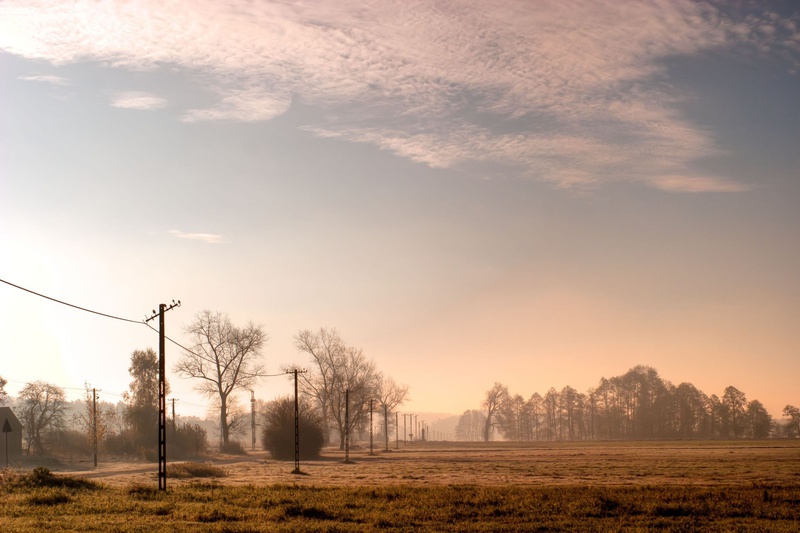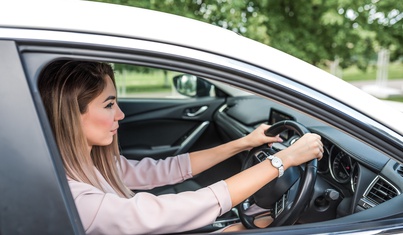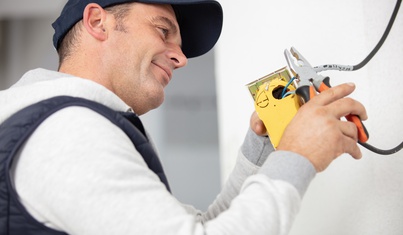There are special VAT rules that allow businesses to standard rate the supply of most non-residential and commercial land and buildings (known as the option to tax). This means that subsequent supplies by the person making the option to tax will be subject to VAT at the standard rate.
The ability to convert the treatment of VAT exempt land and buildings to taxable can have many benefits. The main benefit is that the person making the option to tax will be able to recover VAT on costs (subject to the usual rules) associated with the property including the purchase and refurbishment of the property.
One interesting aspect of the rules concerns what happens if you make changes to a building after you have opted to tax. HMRC’s guidance sets out the following basic principles that apply to the most changes made:
Extensions. If you have opted to tax a building and you extend it at a later date, upwards, downwards or sideways, your option to tax will apply to the whole of the extended building.
Linked buildings. If prior to their completion buildings are linked by an internal access or covered walkway they are treated as a single building and an option to tax will apply to both parts. If a link is created after both buildings are completed, the option to tax will not flow through with the link.
Forming a complex. If you have a group of units that have been treated as separate buildings for the option to tax and you later decide to enclose them so as to form a complex, and which meets the description of what constitutes a building, then the option to tax will not spread to the un-opted units.



